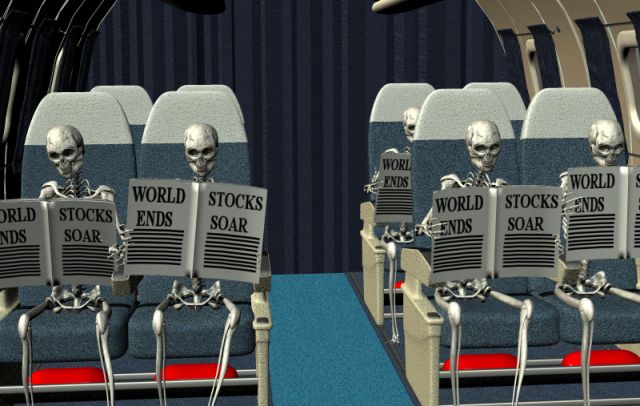Tuesday, March 12, 2019
Trump is accidentally right
Trump stated that the 737MAX is too complex to fly.
All the stock demons, both the Tesla cultists AND the alleged Tesla skeptics, are mocking him. Stock demons LOVE overcomplex shit that requires AI, because stock demons HATE HUMANITY AND WANT HUMANS TO DIE EN MASSE. GENOCIDE = INFINITE DOW.
 I doubt that Trump knows much about airplanes, but the people who do know about airplanes agree with his opinion.
From an article at Deutsche Welle, hardly a Trump fan:
I doubt that Trump knows much about airplanes, but the people who do know about airplanes agree with his opinion.
From an article at Deutsche Welle, hardly a Trump fan:
 I doubt that Trump knows much about airplanes, but the people who do know about airplanes agree with his opinion.
From an article at Deutsche Welle, hardly a Trump fan:
I doubt that Trump knows much about airplanes, but the people who do know about airplanes agree with his opinion.
From an article at Deutsche Welle, hardly a Trump fan:
Boeing's new passenger aircraft has crashed twice within the space of a few months, raising a number of safety questions. So far, the 737 has been the backbone of many fleets globally. For two years now, the Anglo-German travel company TUI has been making preparations for the arrival of Boeing's 737 MAX flagship plane. The first plane was due to be moved to Germany from Seattle this week. But now a massive debate about the safety of this aircraft is in full swing following the crash of a brand-new 737 MAX in Ethiopia on Sunday. It's the second crash involving that particular model, following the Lion Air crash of October 2018, in which 189 people were killed. The model has now come under intense scrutiny, so how does it differ from other 737 models, the best-sold aircraft in the world? It had developed a large number of modernized and improved versions over the years, but some 10 years ago, the company realized it had to come up with something different after rival European rival Airbus gained the upper hand in terms of global sales with its A320neo. Boeing found itself under enormous pressure to keep up. And that was its problem. Unlike the A320, which was able to accommodate larger engines under its wings, the Boeing 737 didn't lend itself easily to the same thing, as its wings were a lot closer to the ground. Boeing was thus forced to make compromises and overhaul its old 737 model instead of developing an entirely new one. To make the LEAP engines fit under the wings, the nose landing gear had to be extended to ensure enough distance to the ground. On top of that, the new engines had to be mounted further apart from the outboard wing assembly, and that changed the plane's aerodynamics. This in turn causes the plane to lift its nose, which triggers a compressor stall in the worst case scenario, which in turn can lead to a crash. To counter this possible effect, Boeing uses a special technology called Maneuvering Characteristics Augmentation System (MCAS), which automatically lowers the nose to head off a compressor stall.In other words, the plane is BUILT TO CRASH, and only the MAX performance of software keeps it from crashing. I don't know anything about planes but I know a LOT about software. I know that you CAN'T COUNT ON SOFTWARE for life-critical tasks. You always need a manual override or a human check on results. Compare with the B-52, which is still the workhorse of our military. We have 76 B-52s built in 1961 and still flying. Why does the B-52 fly for 60 years? BECAUSE IT WAS BUILT TO FLY, not built to crash. The Tesla "skeptics" understand this EXACT SAME POINT in dealing with Teslas, but their autopilot bigotry cuts in when Trump happens to say something true. I don't give a fuck who says it. True is true and false is false. = = = = = Graphic sidenote: I made the picture in June 2016, as the Brexit noise was starting. At that point I mistakenly believed that the UK dysgovernment was trying to achieve Brexit. The editing of the linked item shows that the truth was immediately available, but I foolishly chose to ignore the truth and go with hope for a little while. A month later the confusion was gone and the true situation was clear. Brexit is just noise. Now, THREE YEARS LATER, we see an alleged meaningless "deadline" for Brexit approaching, and we will continue to see the alleged "deadline" approaching over and over and over and over and over until the universe ends and the Dow goes hyperhyperhyperinfinite. I'm not sure why I chose to put the skeletons in an airplane; it was just a convenient way to represent a crowd of modern idiots. Modern idiots are always in airplanes because they're idiots. Now the airplane itself becomes relevant.
Labels: Patient things
